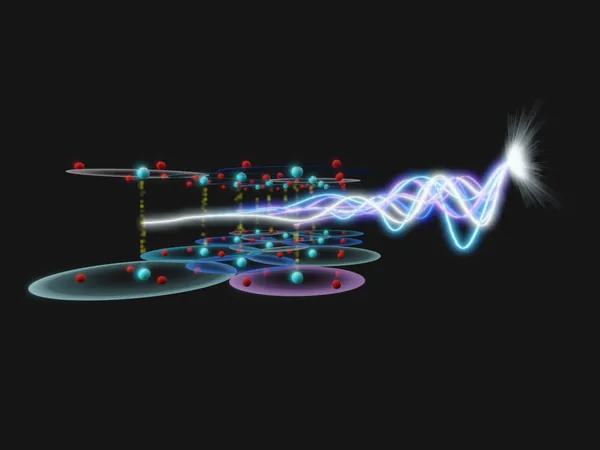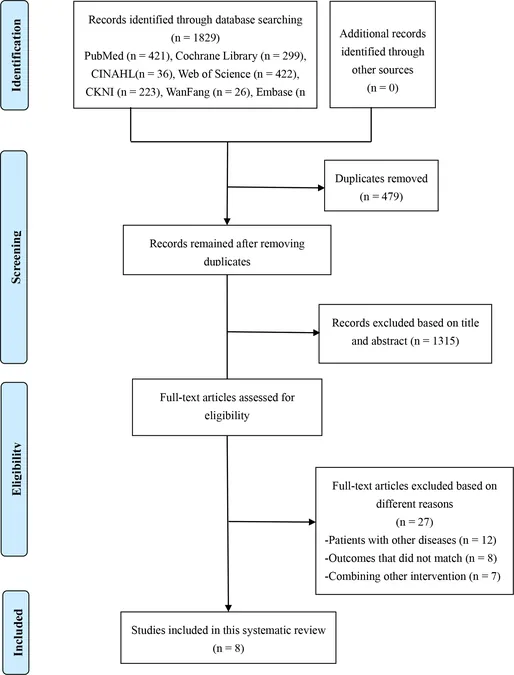
Groundbreaking Terahertz Technique Unveils Secrets of Superconducting Disorder
2024-09-16
Introduction
A groundbreaking study led by a team of researchers from the Max Planck Institute for the Structure and Dynamics of Matter (MPSD) in Hamburg, Germany, in collaboration with Brookhaven National Laboratory in the United States, has opened new avenues for exploring the disorder in superconductors using innovative terahertz pulses of light.
Significance of the Research
Published in *Nature Physics*, this monumental research adapts established nuclear magnetic resonance techniques to terahertz spectroscopy, marking a pioneering approach to monitor disorder in superconducting materials right up to their critical transition temperature. This advancement is crucial because understanding disorder is vital to unlocking the remarkable potential of superconductors, materials known for their ability to conduct electricity without resistance.
Limitations of Traditional Methods
Superconductivity, particularly in high-temperature superconductors, is known to be intricately influenced by variations in chemical composition, often introduced through a process called doping. However, traditional methods of measuring disorder, like scanning tunneling microscopy, only work at extremely low temperatures, far from the superconducting transition, thus limiting our understanding of these materials.
Innovative Approach: Angle-resolved Two-dimensional Terahertz Spectroscopy (2DTS)
The researchers drew inspiration from multi-dimensional spectroscopy techniques utilized in the study of molecular systems to develop a novel angle-resolved two-dimensional terahertz spectroscopy (2DTS). By analyzing the cuprate superconductor La1.83Sr0.17CuO4, a material often challenging to study due to its light opacity, the team successfully isolated terahertz nonlinearities in a non-collinear geometry.
Outstanding Findings
The results were nothing short of astonishing. The team discovered a phenomenon they coined "Josephson echoes," indicating that superconducting transport in the cuprate was restored post-excitation by the terahertz pulses. Significantly, they observed that the level of disorder in superconducting transport was markedly lower than that detected through traditional spatially resolved techniques, such as scanning microscopy—upending previous assumptions about disorder's impact on superconducting behavior.
Implications of the Findings
Even more compelling was the finding that this disorder remained consistent up to a relatively warm 70% of the critical transition temperature, a realm previously inaccessible for study. The implications of this finding are vast, not only enhancing our comprehension of cuprate superconductors but also suggesting potential applications in other types of superconductors and quantum materials.
Future Prospects
The ultrafast nature of the angle-resolved 2DTS technique positions it as a powerful tool for investigating transient states of matter—states that exist for mere femtoseconds and are often overlooked by conventional methods. This paves the way for a plethora of exciting future experiments that could radically reshape our understanding of superconductors and their applications in cutting-edge technologies.
Conclusion
In summary, these extraordinary findings with terahertz pulses herald a new era in the research of superconducting materials, propelling us closer to unlocking countless possibilities for innovative technologies reliant on superconductivity. Stay tuned for more updates on this groundbreaking research that could change the future of energy transmission and computation!




 Brasil (PT)
Brasil (PT)
 Canada (EN)
Canada (EN)
 Chile (ES)
Chile (ES)
 España (ES)
España (ES)
 France (FR)
France (FR)
 Hong Kong (EN)
Hong Kong (EN)
 Italia (IT)
Italia (IT)
 日本 (JA)
日本 (JA)
 Magyarország (HU)
Magyarország (HU)
 Norge (NO)
Norge (NO)
 Polska (PL)
Polska (PL)
 Schweiz (DE)
Schweiz (DE)
 Singapore (EN)
Singapore (EN)
 Sverige (SV)
Sverige (SV)
 Suomi (FI)
Suomi (FI)
 Türkiye (TR)
Türkiye (TR)